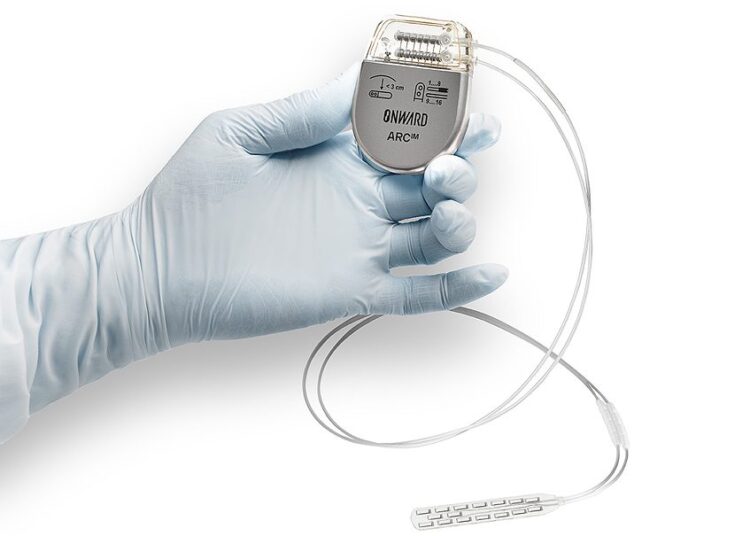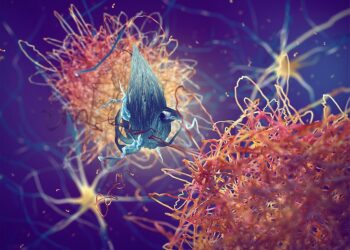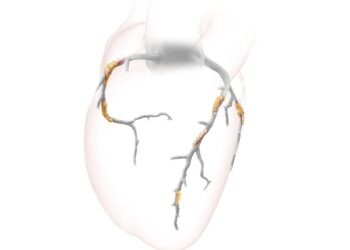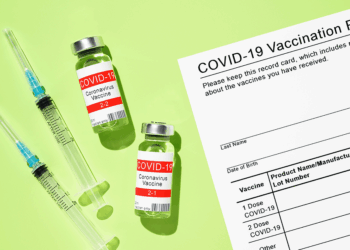### The Digital Bridge: How Targeted Neurostimulation is Restoring Autonomic Control
When we think of spinal cord injury (SCI), we often picture the loss of motor function. While that is a devastating reality, it’s only part of the story. A less visible but equally life-altering consequence is the disruption of the autonomic nervous system—the body’s “automatic” control center that manages everything from heart rate to body temperature. One of the most critical and dangerous results of this disruption is chronic cardiovascular instability, particularly orthostatic hypotension, where blood pressure plummets upon sitting or standing up.
For decades, this has been a formidable challenge. Now, groundbreaking research published in *Nature* and *Nature Medicine* highlights a monumental step forward. An international team, using Onward Medical’s ARC-IM therapy, has demonstrated how a targeted neurostimulation system can act as a “digital bridge” over the injured spinal cord, restoring stable blood pressure control and dramatically improving patients’ quality of life. From a technologist’s perspective, this isn’t just an incremental medical advance; it’s a paradigm shift in how we approach neurological repair, blending sophisticated hardware with intelligent, data-driven therapy.
—
#### The Core Problem: A Broken Communication Line
To appreciate the elegance of this solution, we must first understand the problem’s technical roots. In a healthy individual, when you stand up, gravity pulls blood downwards. Your brain instantly detects this and sends signals down the spinal cord to the sympathetic nervous system. These signals instruct blood vessels in your lower body and abdomen to constrict, pushing blood back up to the heart and brain, thus maintaining stable blood pressure.
After a severe spinal cord injury, this communication line is severed. The brain can still detect the drop in blood pressure, but its commands can’t reach their destination. The result is dizziness, blackouts, and an inability to participate in everyday activities, confining many individuals to a reclining position. It’s a classic control systems failure: the central processor is functional, but the data bus is cut.
#### The Analysis: Intelligent, Targeted Stimulation
Previous attempts at neurostimulation often acted as blunt instruments, delivering a constant, non-specific electrical current. The ARC-IM system represents a far more sophisticated approach. It’s an implantable pulse generator (IPG) connected to an electrode lead placed precisely over the dura (the outer membrane) of the spinal cord, below the point of injury.
The true innovation lies not just in the hardware, but in the “software”—the spatio-temporal precision of the stimulation.
1. **Targeted Neuroanatomy:** The system doesn’t just flood the area with electricity. The electrodes are configured to specifically target the neural circuits that control cardiovascular function. This requires an intricate understanding of the spinal cord’s functional map—knowing exactly which fiber bundles correspond to which physiological response. This is neuroanatomy meeting electrical engineering.
2. **Programmed, Not Just “On”:** The stimulation patterns are not arbitrary. They are carefully programmed and personalized for each patient. While the current system isn’t yet a fully adaptive, closed-loop AI, it embodies the principles of intelligent control. The system delivers specific patterns of stimulation designed to mimic the natural signaling that would have come from the brain. It’s an open-loop controller executing a highly refined, pre-computed model of biological function.
3. **Durable, Consistent Results:** The data from the studies is compelling. The implanted system didn’t just provide a temporary fix; it led to a *durable* reduction in hypotensive symptoms. This suggests that the targeted stimulation is not merely forcing a response but is potentially re-engaging and strengthening latent neural pathways, a phenomenon known as neuroplasticity. The system effectively restores a degree of autonomic regulation that was thought to be permanently lost.
The success of this therapy demonstrates a critical principle for the future of bioelectronic medicine: **specificity is king.** By delivering the right signal to the right place at the right time, we can restore complex biological functions with a level of fidelity previously unimaginable.
—
#### Conclusion: The Future is a Closed Loop
Onward’s ARC-IM therapy is a landmark achievement, showcasing a powerful fusion of neuroscience and technology. It moves us beyond simple nerve blocking or stimulation and into the realm of intelligent, functional restoration.
The next logical step, and the holy grail for this technology, is to close the loop. Imagine integrating real-time blood pressure sensors that feed data directly back to the IPG. The system’s control algorithm—perhaps powered by a lightweight, on-device machine learning model—could then dynamically adjust the stimulation pattern in real-time, creating a truly autonomous and adaptive artificial autonomic nervous system.
This research doesn’t just offer hope to individuals with spinal cord injuries; it provides a blueprint for a new class of therapies. By treating the nervous system as the sophisticated biological computer it is, we can develop intelligent digital bridges to overcome injury and disease, restoring not just function, but a fundamental quality of life.
This post is based on the original article at https://www.bioworld.com/articles/724122-onward-medicals-arc-im-system-improves-bp-control-after-sci.






















